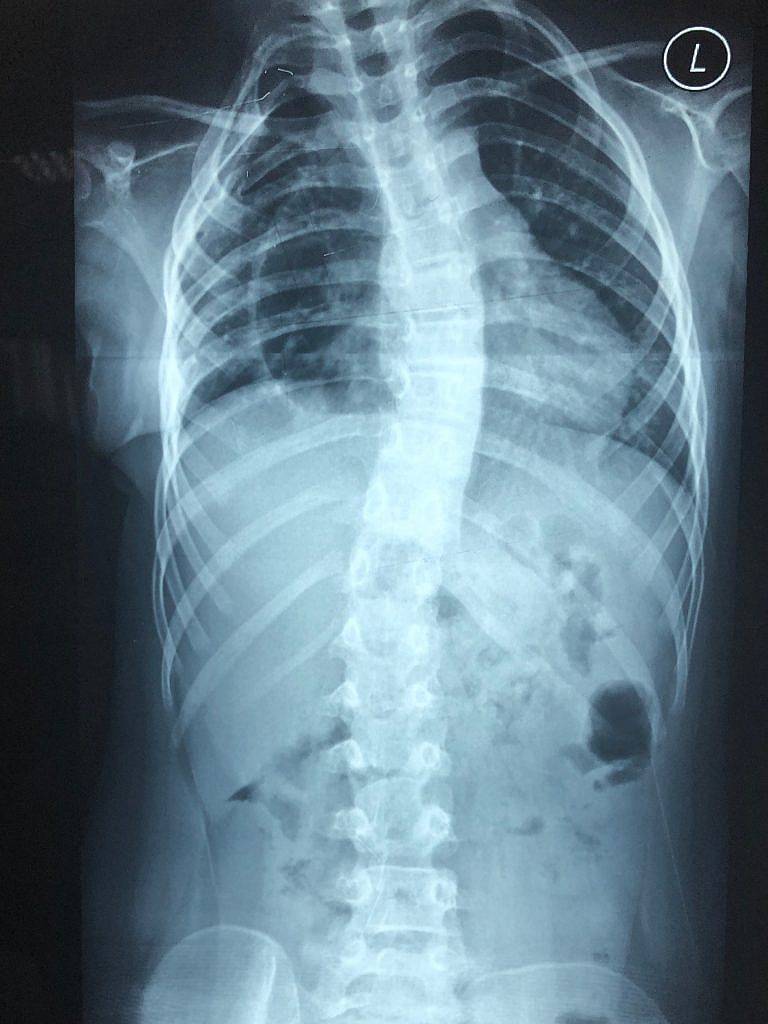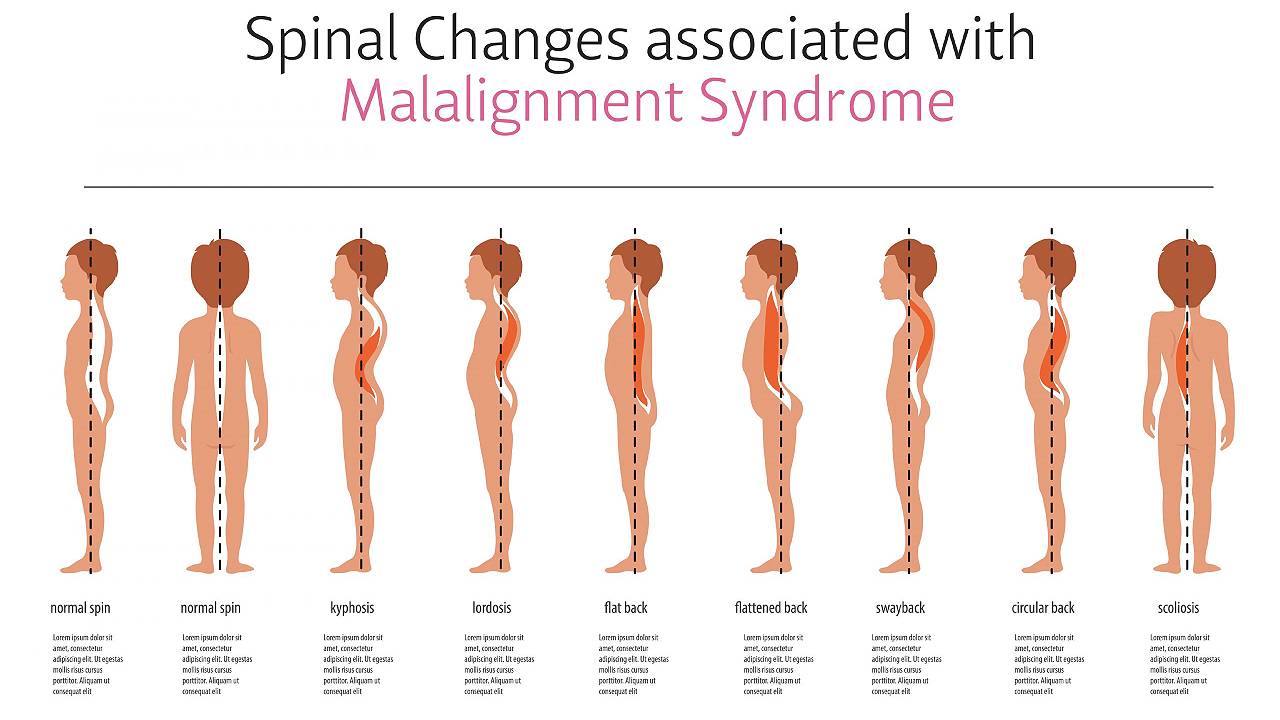Unexplained spine, hip, knee and/or foot pain may be due to a condition known as malalignment syndrome. This is a common condition that we often encounter in Singapore amongst patients. Due to its recurrent nature and severity of discomfort, it is sometimes colloquially known as ‘miserable malalignment syndrome’. This condition typically affects the knee first, causing instability and pain. The condition affects individuals of all ages, and we see many patients below the age of 18 at our clinics who suffer from this condition. If addressed at a young age, this condition can be eliminated entirely through correct guidance and care. For adults, the symptoms can be effectively managed, offering massive improvement in quality of life and helping to avoid the need for surgical intervention.
Changes that patients can expect
- Hip anteriorly rotates causing a spinal imbalance, leading to scoliosis in growing children
- Internal rotation of the femur (thigh bone) at the level of the knee joint
- Inward facing patella/kneecap that is often referred to as a “winking patella”
- With the upper leg and knee in a valgum position, the lower leg (tibia and fibula) rotate outward
- Feet flatten on the medial arch because of the excessive medial forces
These changes dramatically affect the position, movement, and function of the knee joint. The longer the condition is left unaddressed, the more pain and discomfort patients will experience. Repetitive motion in this misaligned position over many years creates uneven pressures on the knee joint and leads to irreversible damage to the underlying articular cartilage. As a result, pain only truly sets in after many years of walking in this misaligned position.
This condition can occur in one or both knees and has a knock-on effect from foot to spine. It can affect those who are less physically active as well as those who maintain highly active lifestyles. Those with uneven muscle tightness across their body or experience repetitive forces on the knee joint such as lunges and squats are at greater risk of developing this condition. Left unaddressed, the risk for ongoing patellar joint dislocation and arthritic deterioration of the joint increases.
Injuries to the knee joint caused by conditions and injuries such as meniscus tears, patella tendonitis, degeneration of the patella or osteoarthritis can also lead to malalignment syndrome as the body adjust its natural gait to compensate for and offload the area of injury.
Symptoms of Miserable Malalignment Syndrome include
- Knee Pain
- Pain under the patella
- Knee Join stiffness
- Excessive grinding, popping, and clicking sounds on knee flexion
- Knee joint giving out painfully
- Knee does not lock or catch
- Lower back pain predominantly affecting one side
- Medial ankle and arch pain
- Numbness, tingling, shooting or burning pains in the leg or foot
- Bunion formation on one foot
- Scoliosis
These symptoms may be aggravated by going up and down stairs, running, excessive squatting, or sitting with the knees bent for prolonged periods of time. Other signs of the condition are excessive pronation while running, no knee effusion, abnormal patella alignment and tracking, increased Q angle of the knee, and tenderness of the knee joint.


Diagnosis
Diagnosis of malalignment syndrome is derived clinically after a thorough history of symptoms that is accompanied by a clinical examination and kinetic/gait assessment. If joint damage is suspected, x-rays may be requested to determine the extent of damage accumulated specifically in the knee, ankle, mid-foot or big toe joints.
Podiatric Interventions
Podiatric Interventions is specifically targeted to stabilize the lower limbs using full custom orthotic or ankle-foot orthotic devices. Therapy to reduce pain, calcifications/spurring and to increase the healing of joints will also be performed to help improve the patient’s quality of life. Should patients wish to continue sports or maintain a high level of physical activity, a few minor changes and conscious efforts during the exercises will go a long way to aid recovery.
If therapy and stabilization does not help reduce the pain and improve the overall condition, then knee or foot/ankle surgery may be recommended as a last resort.




